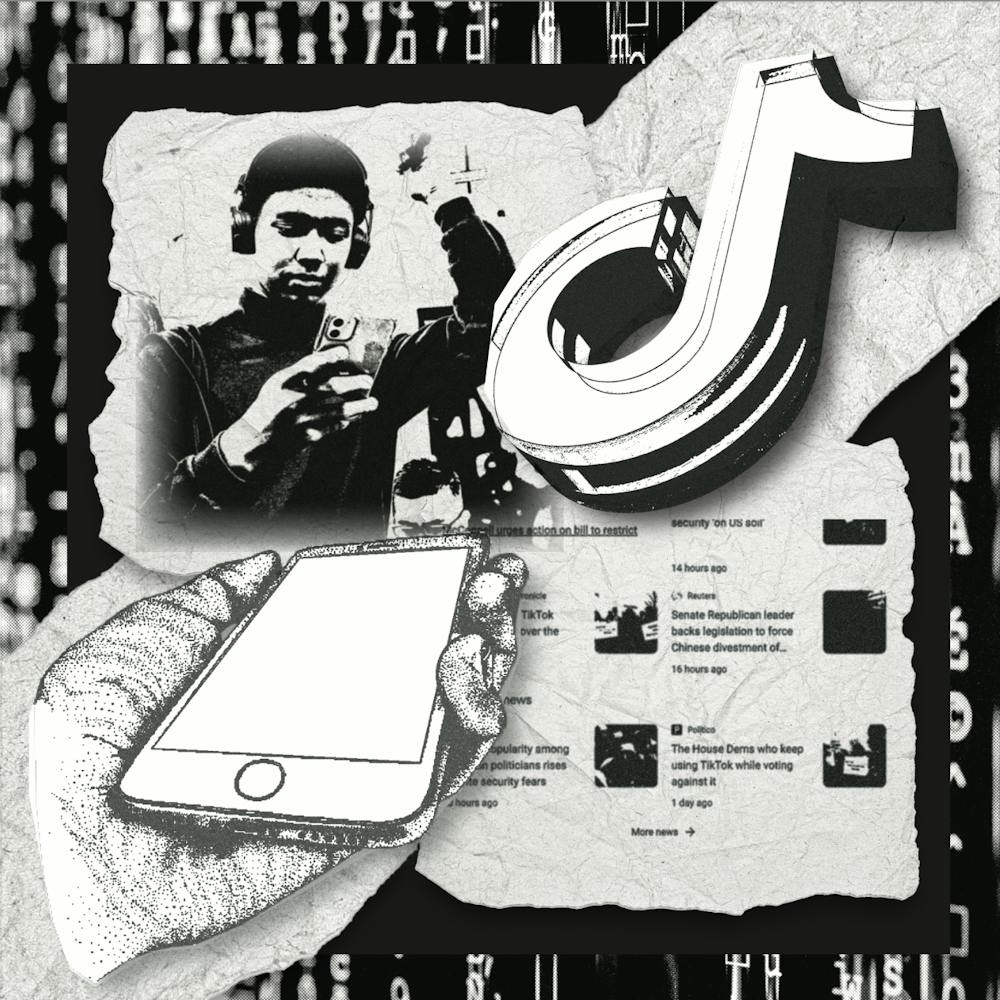The date Jan. 19, 2025, had TikTok users counting down the clock in anticipation, wondering if the app would be permanently removed from their devices. Around 10:00 p.m. Eastern Standard Time on Jan. 18, the app went dark hours before the original ban date. But why did TikTok get banned in the first place, and how did it make a comeback?
The U.S. Supreme Court was concerned that TikTok’s parent company, Bytedance, may have been stealing sensitive and private information from its American users. Justices and politicians alike said they believed that the Chinese government could access location information from its users, according to CBS News.
The court said it also believed that the Chinese government was fueling misinformation and propaganda to American users through TikTok. The social media platform was also blamed for spreading antisemitism and racism.
TikTok has repeatedly denied these claims. When asked about collecting sensitive information from users, TikTok CEO Shou Zi Chew explained that users’ private information is stored on their device.
In a testimony before the US Congress , Chew said, “We do not collect body, face or voice data to identify our users.”
Despite the information provided by Chew, President Joe Biden signed the TikTok ban into legislation, giving Bytedance until Jan. 19 to either withdraw from American platforms or sell the app to an American-owned company, which was first proposed in 2020 by President Trump. Bytedance, refusing to sell the app, was banned from allowing TikTok access to American companies.
The blackout affected 170 million American users.
When opened, the app had a message that said “Sorry, TikTok isn't available right now. A law banning TikTok has been enacted in the U.S. Unfortunately, that means you can’t use TikTok for now. We are fortunate that President Trump has indicated that he will work with us on a solution to reinstate TikTok once he takes office. Please stay tuned!”
The app was dark for about 12 hours. On Sunday, Jan. 19, the app was live again.
“Welcome back! Thanks for your patience and support. As a result of President Trump’s efforts, TikTok is back in the U.S.! You can continue to create, share and discover all the things you love on TikTok.”
The 12-hour ban resulted in mixed reactions from users. Some Miami students felt as though the potential ban did not pose a large threat. Zach Raczky, a junior social studies education major, said he is less concerned than others.
Enjoy what you're reading?
Signup for our newsletter
“I feel like it’s not as big as it is [made] out to be,” Raczky said. “There’s other platforms like Instagram that are still huge. There’s other outlets than [TikTok].”
Victoria Cooper, a junior zoology and environmental science major, shared a similar sentiment.
“I think the app is a nice way for people to express themselves,” Cooper said. “But I don't think that the app itself is entirely important”
However, other students felt as though the ban affected Generation Z the most.
Anabella Ferlino, a first-year political science and pre-med major, described her experience and opinions about the app, sharing its importance.
“I was in the middle of being on TikTok, and then it wouldn’t give me any more videos,” Ferlino said. “I was very sad.”
Ferlino said she believes this event was a publicity stunt to increase President Trump’s popularity with those in her generation.
“For presidents and their campaigns, we (Gen Z) are a major part of their vote,” Ferlino said. “And with us being the primary people on TikTok, it’s the biggest part.”
The app is no longer available on U.S. app stores, leaving its future uncertain.




